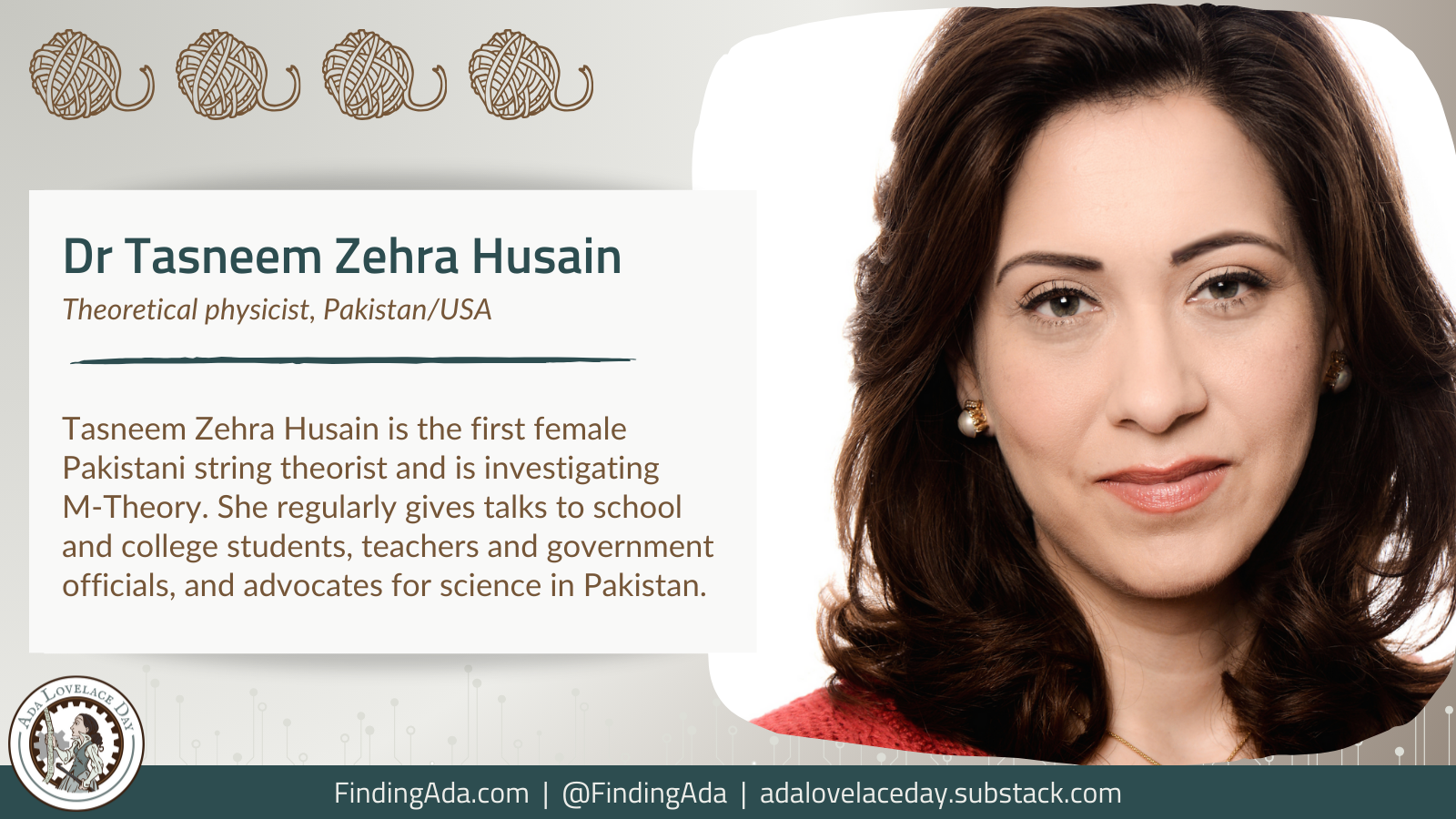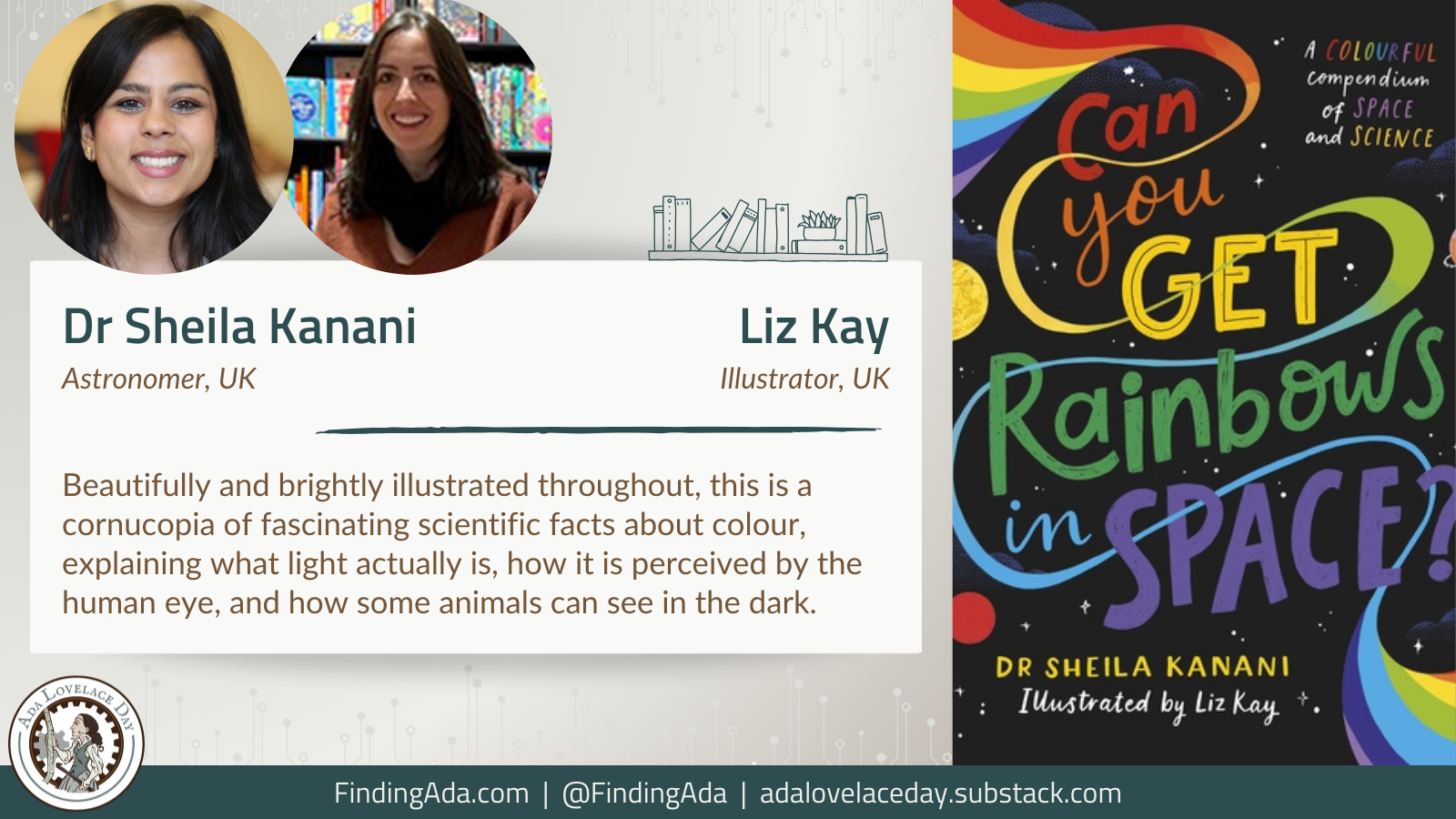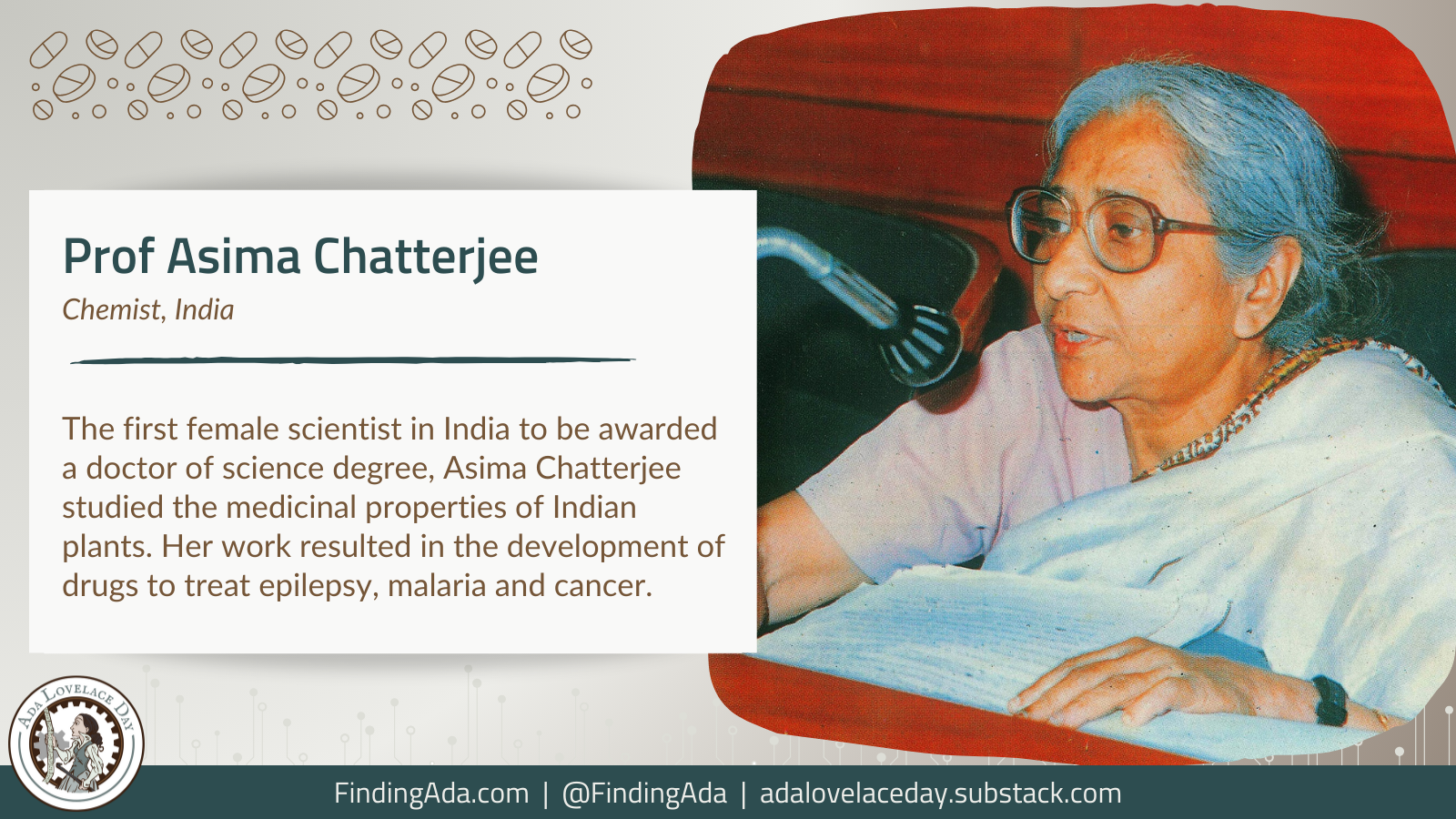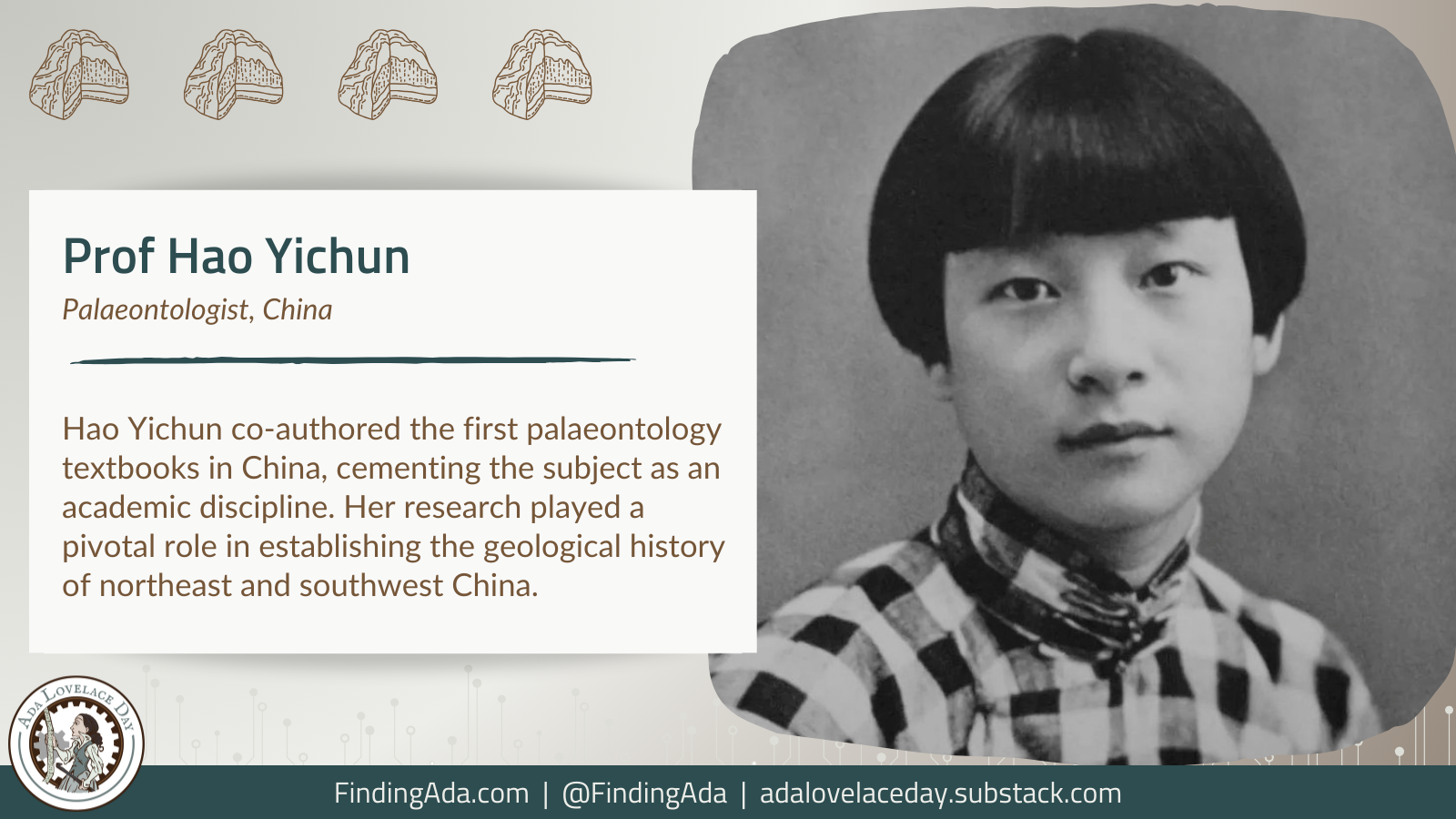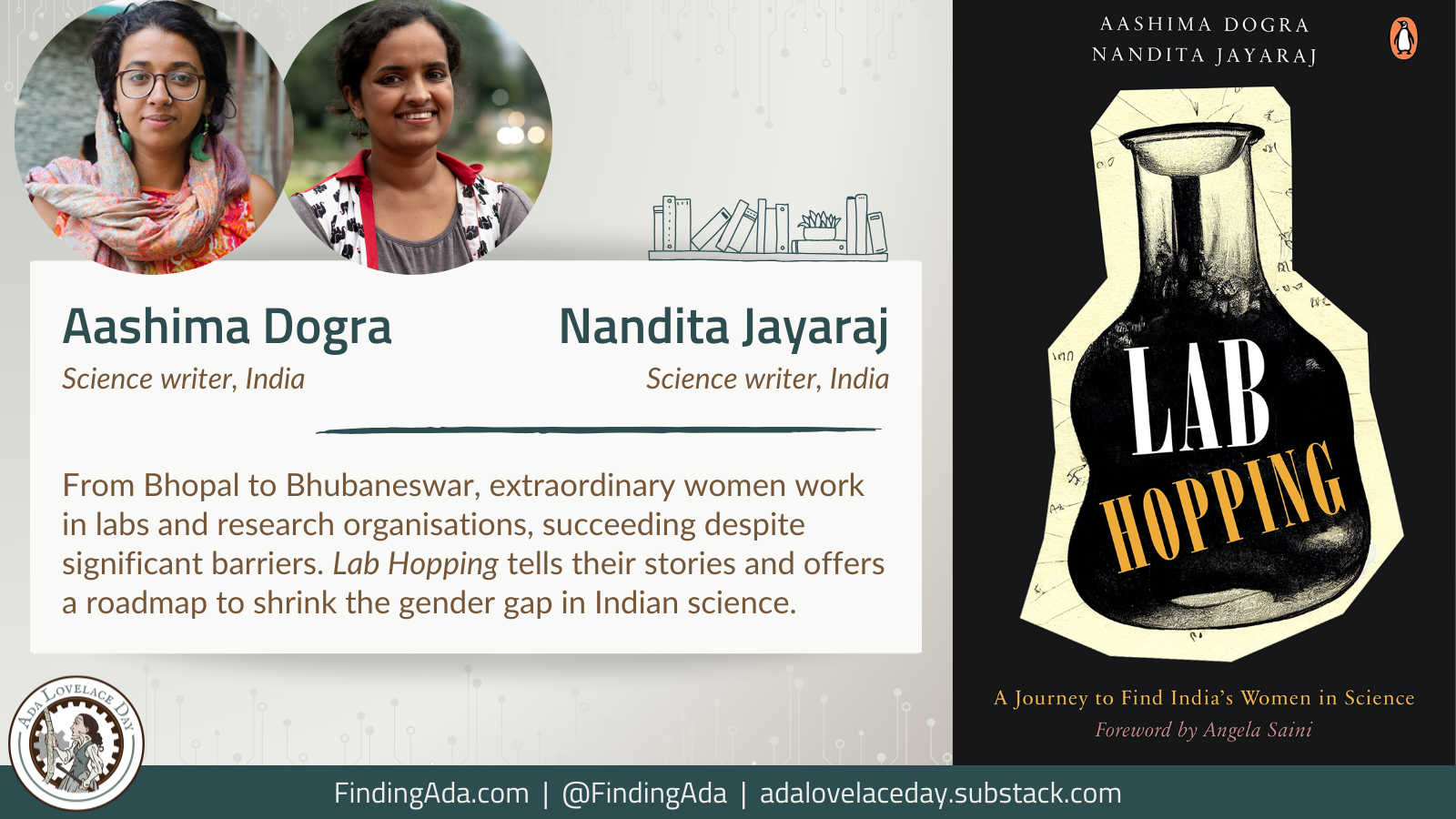Dr Tasneem Zehra Husain
Dr Tasneem Zehra Husain is a theoretical physicist, science writer, educator and the first Pakistani woman to earn a PhD in string theory. She is a staunch advocate for science and technology in Pakistan, and works to make physics accessible to general audiences.
Husain studied mathematics and physics at Kinnaird College in her home city of Lahore, undertaking her master’s degree in physics at Quaid-i-Azam University in Islamabad. She relocated to Sweden for a doctorate in theoretical physics at Stockholm University, obtaining her PhD in string theory in 2003 – the first Pakistani woman ever to do so.
After completing her PhD, Husain moved to Harvard University in the US for a two-year postdoctoral research position. During that time, she helped establish a School of Science and Engineering at the Lahore University of Management Sciences, taking up a faculty position there after leaving Harvard. She has also taught mathematics and physics at her alma mater, Kinnaird College.
From the moment she first heard of string theory, Husain has said she was “fascinated by the idea that all the rich diversity of matter and forces in our universe could be manifested by the flutters and oscillations of infinitesimal strings”. Her research has focused on better understanding 11-dimensional space-time and M-Theory. She also works to make theoretical physics more accessible – a mission she sees as particularly important at a time when the relationship between scientists and the public can be distrustful.
Although she is now based in the US, Husain still works to support science and STEM education in Pakistan. She designed Pakistan’s logo for the World Year of Physics (WYP) in 2005, helped train Pakistan’s physics team for an International Physics Olympiad and represented Pakistan at the Meeting of Nobel Laureates in Lindau, Germany.
Beyond research, her work has focused on science writing and public speaking. Husain has said that her teachers’ “dry” approach to physics in school made it harder for her to pursue a scientific career. As a result, she strives to demystify theoretical physics for people who aren’t scientists and inspire young people to pursue scientific education and careers. She gives regular talks on string theory and physics for mainstream audiences, delivers presentations to high school and college students, and runs workshops for science teachers and government officials. She has also conducted writing workshops for scientists to help them communicate their ideas, including a series at CERN.
In 2014, Husain published her first novel, Only the Longest Threads, about pivotal historical moments when new physics theories shaped people’s understanding of the universe. She has said she hopes the book will illuminate what can seem like the “abstract” work” of theoretical physicists “to people who lack a mathematical background but are genuinely curious”.
You can follow her work here:
Twitter: @tasneemzhusain
Website: tasneemzehrahusain.com
Further Reading
- Tasneem Zehra Husain, Wikipedia
- Tasneem Zehra Husain, The Institute for Cross-Disciplinary Engagement at Dartmouth
- Q&A with Tasneem Zehra Husain, Paul Dry Books
- Sky is limit for girls in science, says Pakistan’s first woman string theorist, Kiran Butt, AA, 11 February 2022
- Inside the life of Pakistan’s first female string theorist, Mahrukh Sarwar, Dawn, 2 December 2016
Written by Moya Crockett, with thanks to Stylist for their support.
